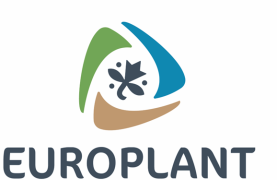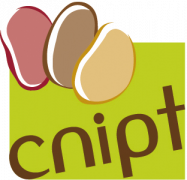Abstract
A study was conducted to prepare and assess the aqueous formulation of bio-control agent Chaetomium globosum (TNAU Cg6) and medicinal plant herb Eupatorium adenophorum (Agertina adenophora) against early (Alternaria solani) and late (Phytophthora infestans) blight in potato plants under greenhouse conditions. The results indicated that C. globosum (TNAU Cg6) exhibited inhibition against both the pathogens and 1% Eupatorium adenophorum (Agertina adenophora) aqueous extract showed inhibition percentage of 77.48 against A. solani and 69.56 against P. infestans. The scanning electron microscope (SEM) study showed that the TNAU Cg6 penetrated the P. infestans and coiled A. solani mycelium. Further, GCMS of secondary metabolites showed cyclohexane, 1,4-dimethyl-2-octadecyl-, 12-methyl-E,E-2,13-octadecadien-1-ol, ethanol, 2-(octadecyloxy)-, E,E,Z-1,3,12-nonadecatriene-5,14-diol, 14-octadecenal with anti-microbial properties whereas volatile organic compounds (VOC) like ethane, 1,1-diethoxy-, n-hexane, butanoic acid, 2-amino-, (S)-, cyclotrisiloxane, hexamethyl-, 3-octanone, cyclotetrasiloxane, octamethyl, cyclopentasiloxane, decamethyl-, cyclohexasiloxane, dodecamethyl found with antibacterial, antioxidant and antibiotic activity. Furthermore, the tubers were treated with C. globosum and Eupatorium adenophorum (Agertina adenophora) in high pressure (vacuum) chamber followed by foliar application. The findings revealed that C. globosum and plant extract Eupatorium adenophorum (Agertina adenophora) had a positive influence on plant growth, as evidenced by higher growth rates and a higher vigor index with simultaneous reduction in early and late blight both in whole and cut tuber experiments. A rise in phenylalanine ammonia lyase (PAL) enzyme and phenol activity was evident for up to 7 days and gradually diminished thereafter. In addition, the potato plant growth and tuber yield were also significantly higher compared to the control. This leads to the eco-friendly management of blights for possible production for organic growers.















